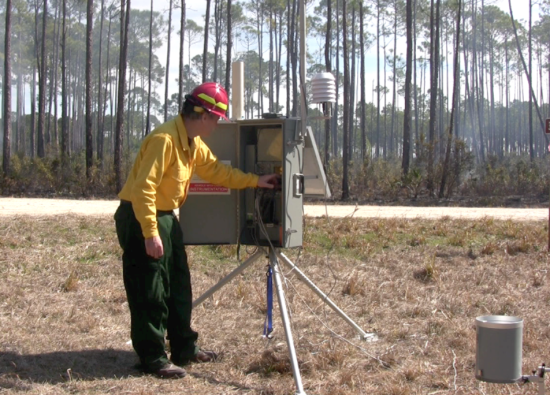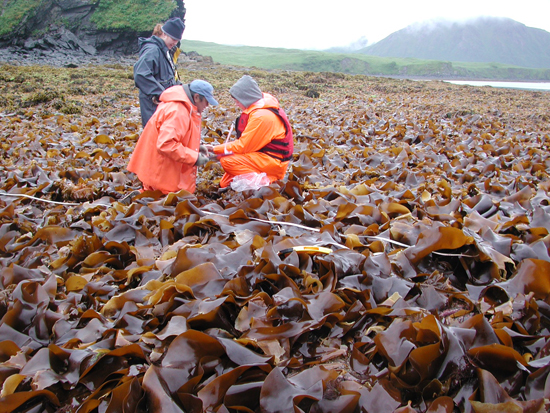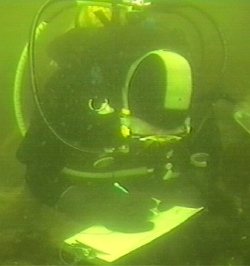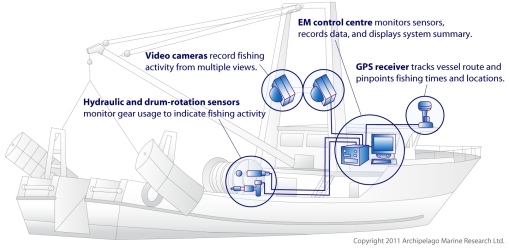 In the second of a series of articles dedicated to Victoria success stories in the technology sector, MaryLou Wakefield of Wakefield Communications profiles Forest Technology Systems.
In the second of a series of articles dedicated to Victoria success stories in the technology sector, MaryLou Wakefield of Wakefield Communications profiles Forest Technology Systems.
Since1980, Forest Technology Systems (FTS) has produced simple, reliable data collection equipment for forest management agencies that make up the single largest fire weather monitoring network in the world. In the late 1990s, the company expanded with hydrology monitoring systems specifically for harsh environments and remote locations.
“Our mission is to produce products that save lives,” said Eric Embacher, Director of Marketing and Product Management, who attributes a large part of the company’s success to the relationships they’ve developed with customers. “We tend to have old world values and a belief that ‘customer is king’ which permeates the whole organization.”
Customer challenges come in many shapes and sizes in the fire weather monitoring business and FTS works hard at understanding them. Perhaps the most pressing need is to get timely, accurate data in order to make informed decisions. “Our job is to ensure we understand what types of data our customers need, how frequently they need it, and at what level of accuracy. After that, it’s looking for ways to improve on the technology,” said Embacher.
A recent example involves a radio voice transmitter that receives up-to-date weather alerts from portable weather stations around the perimeter of a fire. Working closely with clients to better understand conditions on the ground and how the device could be improved, FTS recently launched ‘AirTalk’ with improved voice clarity and volume, as well as multi-language capabilities.
What do employees say is the best thing about working at FTS? “It’s the culture,” said Embacher. “We work hard and acknowledge work/life balance. We celebrate birthdays and have barbeques in the summer and a kids party at Christmas.” As a nod to the team’s hard work, the company flew its entire workforce (about 50 employees) from Victoria to Seattle via Kenmore Air for a day of fun and team building at the Boeing Manufacturing plant.
Currently FTS employs electronic technologists, research and development, sales and marketing, hardware and software engineers, service technicians, and shipping and receiving. Embacher expects FTS to expand beyond the North American market for fire weather monitoring and grow the hydrology side of its business within North America. ‘We use VIATeC as the hub for finding the right people through networking and posting positions on the VIATeC job board.”
Embacher agrees with the direction VIATeC is moving to ensure the high tech sector continues to grow and develop. “I’d like to see VIATeC have even more of a presence downtown,” he said.
MaryLou Wakefield



